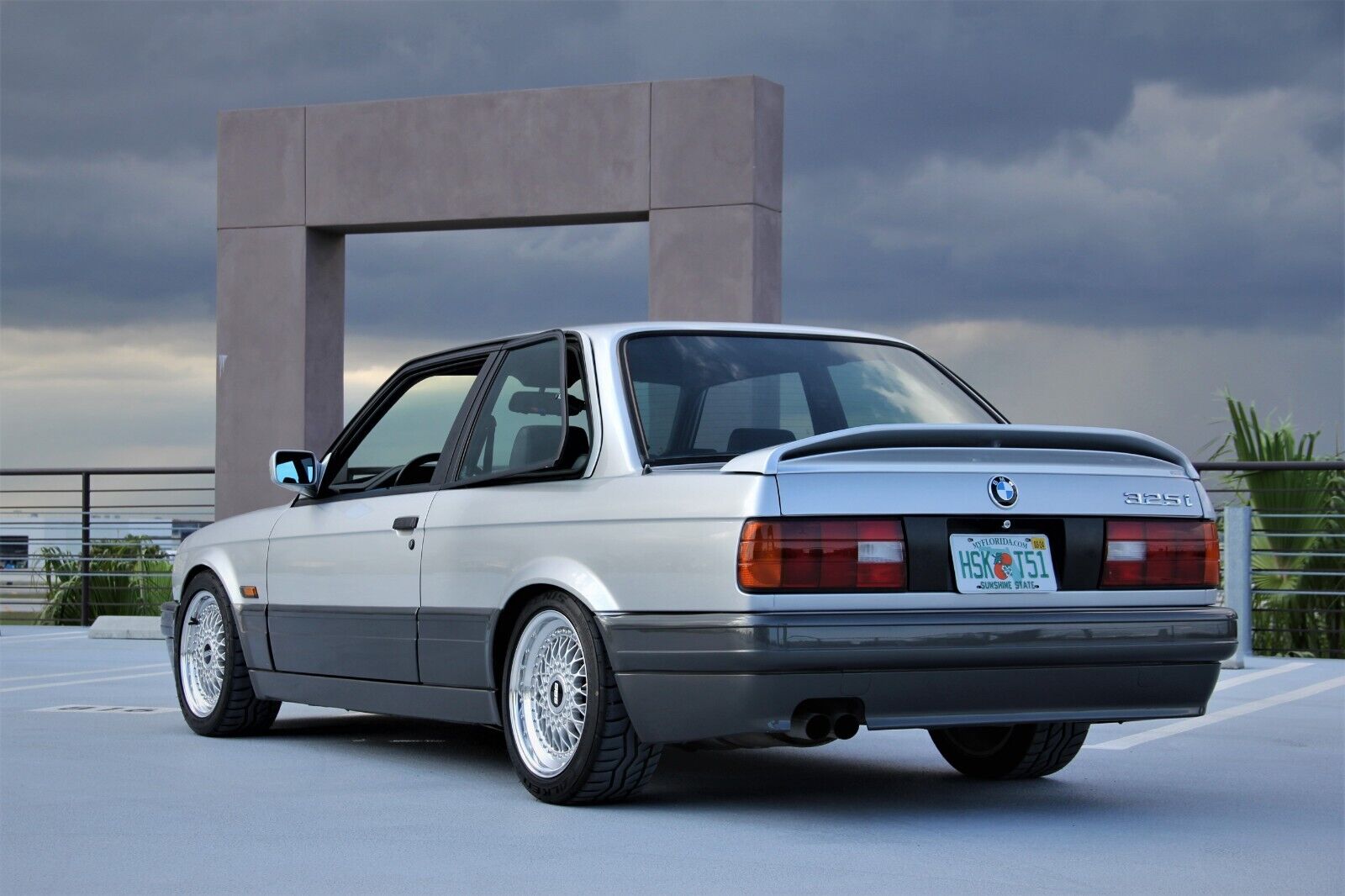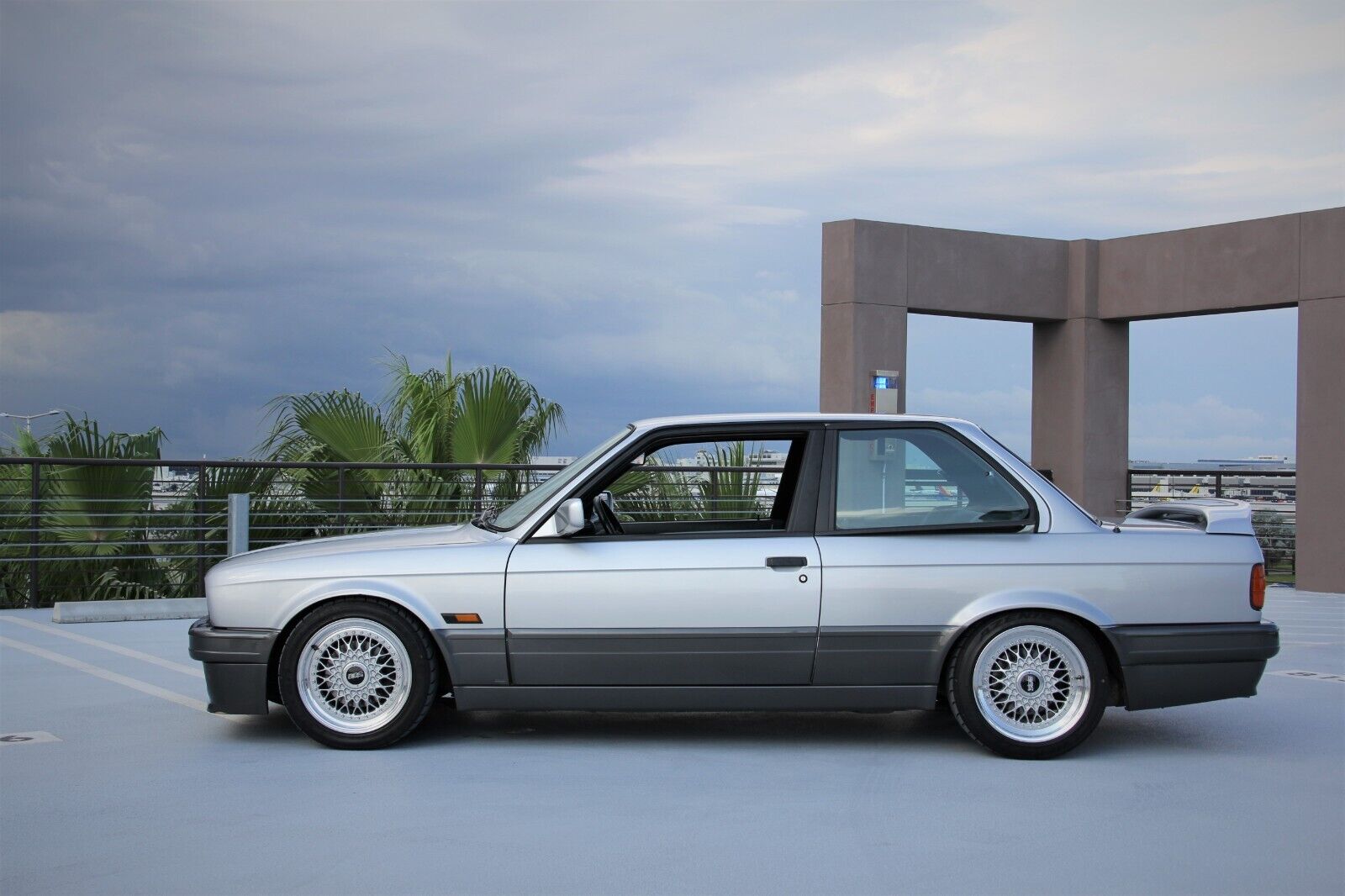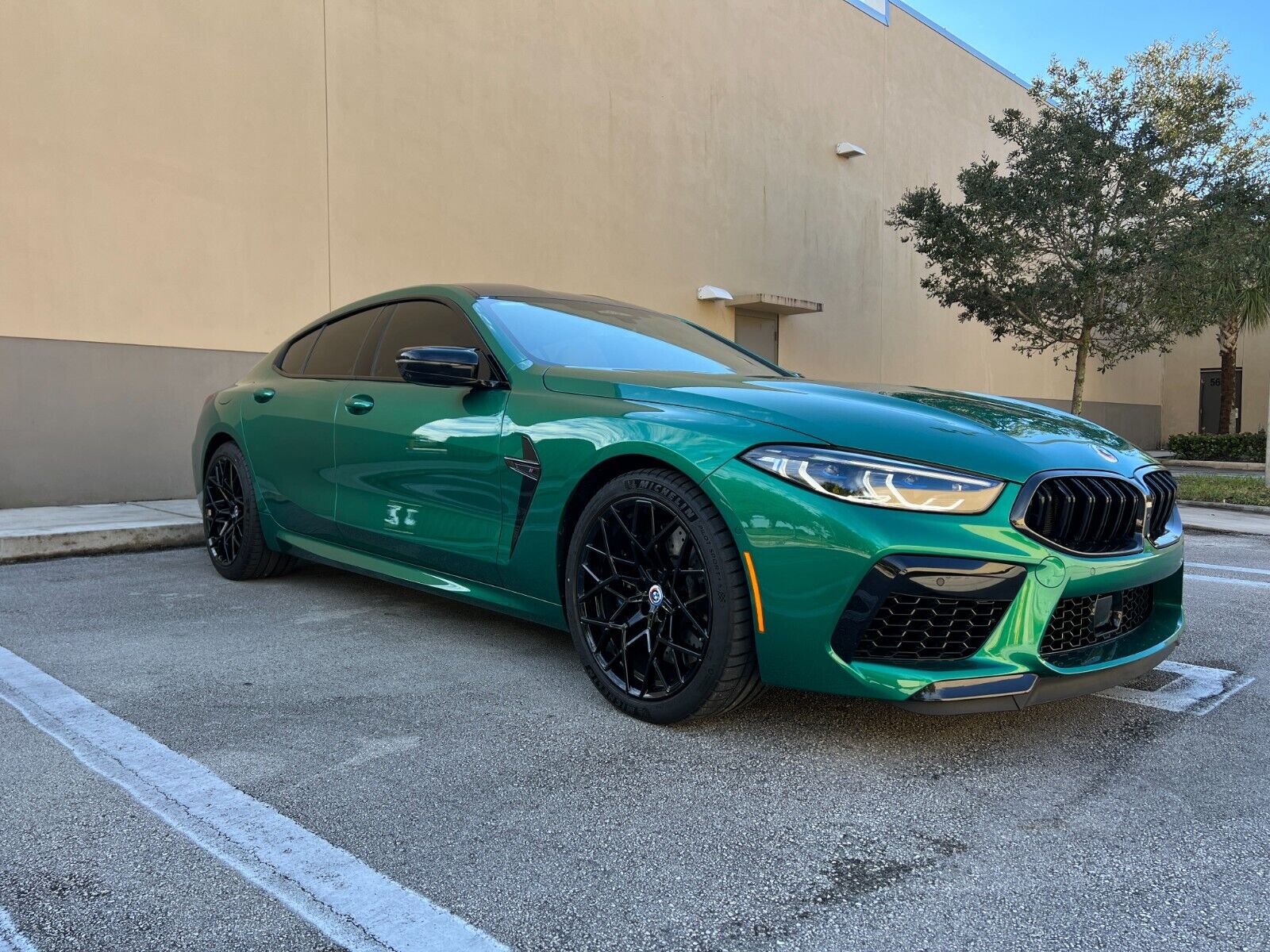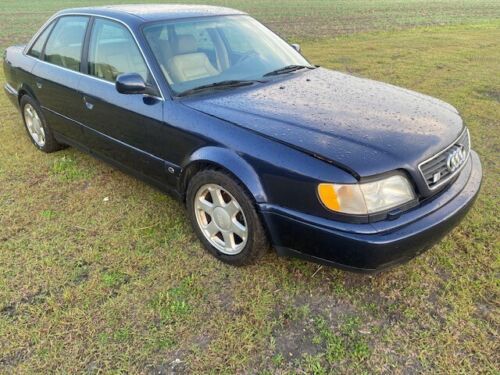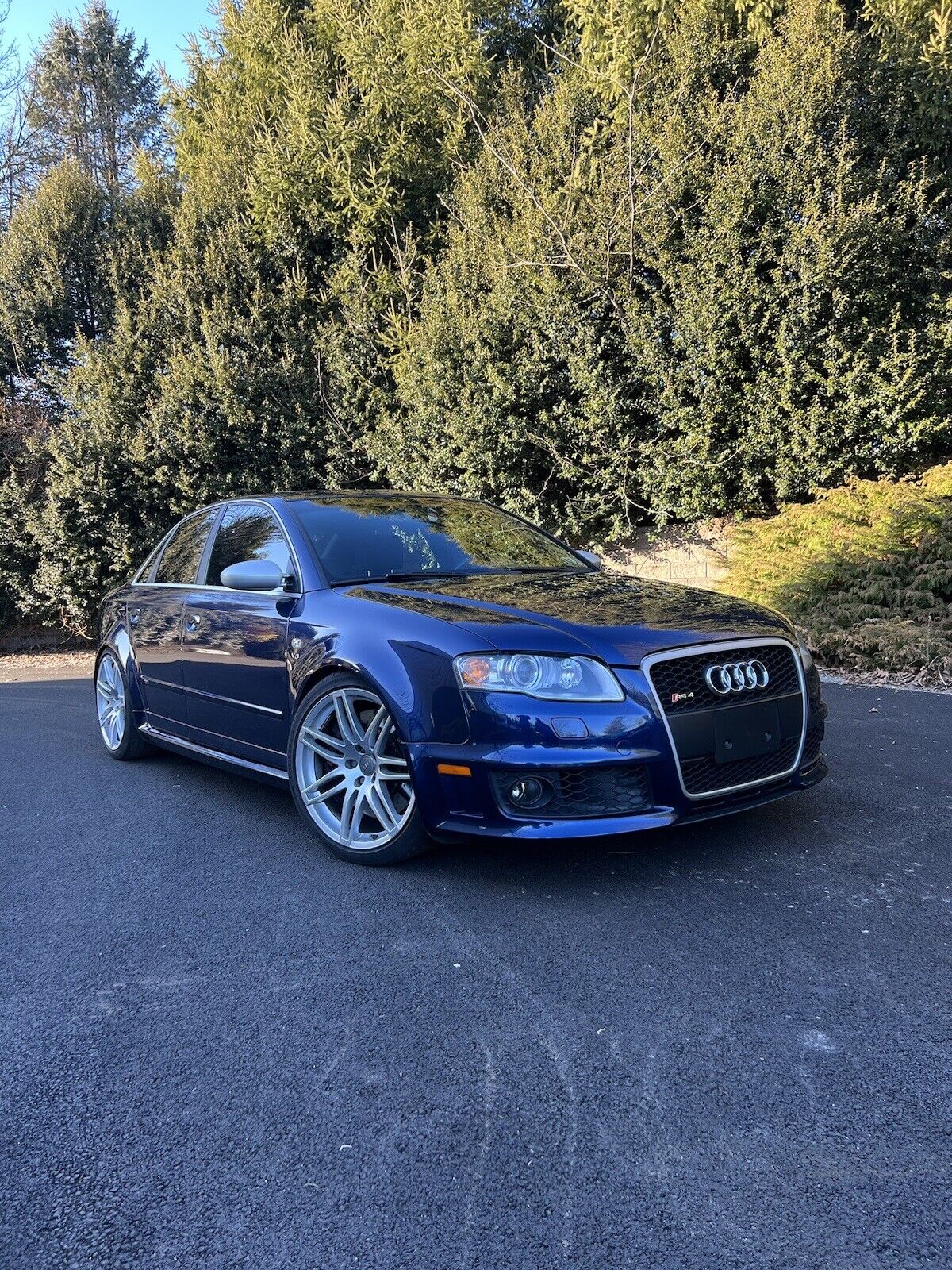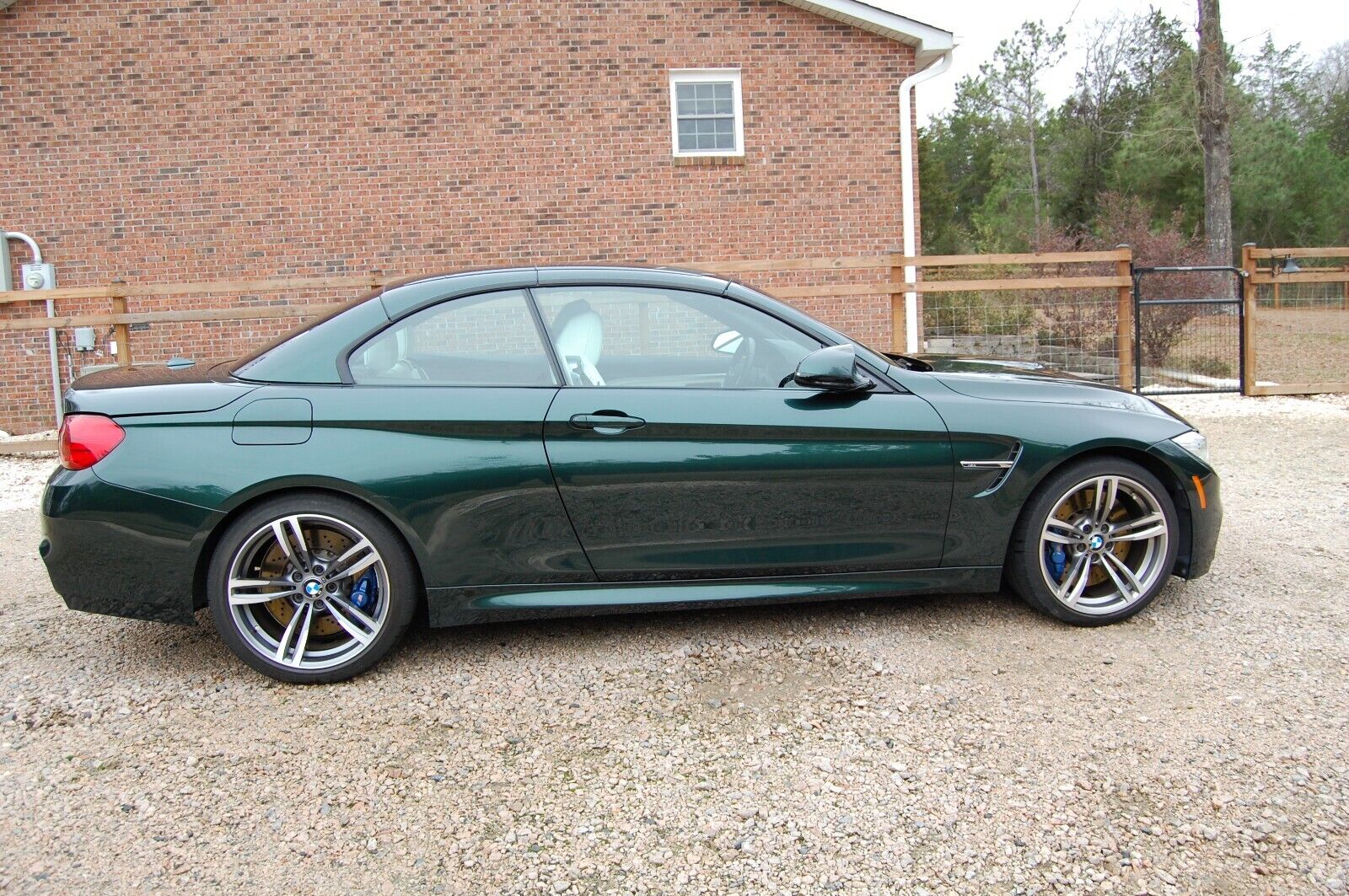US E30 fans got more M love in the form of the two M-Tech packages – full and appearance – that were available on late-production convertibles. The M Technic Sport Package was also available abroad on coupes, and so that’s what we’re looking at today – a ’91 coupe imported from Japan. It’s equipped with the exterior body kit, with front and rear bumper covers, sill covers, and a unique rear spoiler. You also got front sport seats, a limited-slip differential, Shadowline trim, and M sport suspension. This one is also a “slicktop†model that was ordered without a sunroof, has been fitted with some BBS RS wheels, and has been converted from an automatic to a manual gearbox. The price? Well, let’s just say “to be expectedâ€â€¦
Author: Carter
Just like SUVs have proliferated the production runs everywhere, a new trend has also recently popped up in the German dealerships; multiple configurations of the same car. Go to BMW’s website, and you can configure 8 different SUVs of course, but then you also have the option for the sedan, coupe, convertible, and ‘Gran Coupe’ forms of several series. They range from the Mini-based 2-Series in front-drive (who’d have thunk it?) through the range-topping M8 Gran Coupe. These start at $137,000 before you start adding in options. You’d assume the Isle of Man Green Metallic paint would be expensive, but it was actually a no-cost option! One heck of a deal is the Driving Assistance Package, which gives you lane departure warning, active blind spot monitoring, parking assistance, and a surround-view camera system – all for $100! More expensive is the “Pro” version, which adds in active driving assistance and traffic jam assistance for $1,700. Heated front and rear seats were another $350, Bowers & Wilkins sound was $3,400, and a few more optional accessories brought the MSRP up to $142,275 here. But with just 1,800 miles, you can have this one at a discount!
CLICK FOR DETAILS: 2023 BMW M8 Competition Gran Coupe on eBay
3 CommentsLike the C3 chassis that predated it, the C4 went through numerous changes seemingly every year – giving each individual model year something special for fans to covet. 1994 to 1995 saw some major changes for the C4; the most obvious being the model designation change from S4 (1991-1994) to S6 (1995-1997). European models had some additional drivetrain options that weren’t available in the U.S., and indeed the Avant had previously been available in S4 form, but the 2.2 liter turbocharged inline-5 carried over largely unchanged into 1995 for the US. The big news was the addition of the Avant to the US lineup; at the time, as expensive as an Audi got here. There was also the obvious external refresh; smooth body-colored bumpers and wider side trims eliminated the rubberized black moldings. The hood and lights were lightly re-sculpted too, along with the change (rolling, for some models) from the Fuchs-made 5-spoke alloys to the Speedline-made 6-spoke Avus wheels which would be the signature S-wheel for the next decade.
Gone were two staples of the Audi lineup from the 1980s; Procon 10, the seatbelt pre-tensioning safety system Audi highly marketed in the late 1990s disappeared with little fanfare, but also, perhaps more strikingly, S cars would no longer be branded with ‘quattro’ badges – a change that would carry on nearly until today’s models, where models like the RS7 re-introduced it in the grill. Inside minor changes were introduced; a revised dashboard, shift knob, along with the introduction of the most notable item (once again, rolling) with a 3-spoke sport steering wheel. It was a tremendous amount of minor fiddling that in sum resulted in a slightly different feel for the S6; slightly more polished and grown up, carrying the new design language for Audi that would remain for the next decade.
Audi wasn’t done, though, because in ‘1995.5’ Audi once again altered several items on the then-still-new S6. This included a major switch moving forward – the elimination of driver control of the rear differential, a hallmark of Audis since the introduction of the original Quattro. Audi opted for an ‘electronic differential lock’, which in reality was a system that utilized the ABS system to detect wheelspin and apply the brakes. This major change resulted in some minor interior tweaks, such as moving the cigarette lighter, and there were additional revisions to the radio. The transmission’s traditional weak first gear was also addressed, as well as swapping infrared locking for radio frequency and some other minor trim. All of these changes – some of them running – give the limited production S6s a bit of a bespoke feel. With numbers produced only in the hundreds, these are special and coveted cars that are very capable and highly sought:
CLICK FOR DETAILS: 1995.5 Audi S6 on eBay
Comments closedAfter B5 production ended, Audi continued to widen the pool for its small chassis. Joining the lineup for the B6 model was a new Cabriolet, and of course returning were the dynamic duo of the sedan and Avant models. Power now came from the BBK 4.2 liter 4 cam 40 valve all-aluminum V8. Fitting the motor into the small chassis necessitated dropping the belt drive in favor of the infamous rear-mounted chain. Still, though, with 340 horsepower on tap and weighing the same as the outgoing 250 horsepower V6 twin-turbo but now with instant torque, the S4 seemed top of the heap. But it was still playing catch-up with the outgoing E46 M3, so when it came to the B7, Audi offered even more spunk, bringing for the first time after three generations their first top-tier offering in the small chassis – the RS4.
At the heart of the new addition to the fleet was, of course, a special motor. Dubbed the BNS, Audi ditched the 5 valve heads but added FSI direct fuel injection. In reality, little was shared or untouched between the seemingly similar 4.2 V8s in the S4 and RS4, but the result of the fiddling was impressive. The engineers at Ingolstadt managed to crank a 420 horsepower screamer out, and coupled with the revised, more rear-biased quattro drivetrain in the B7, a completely different beast was born.
